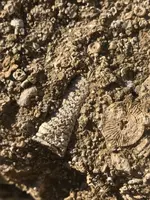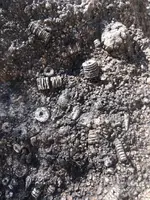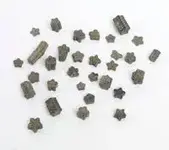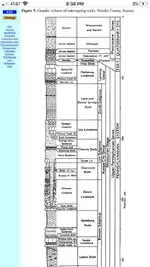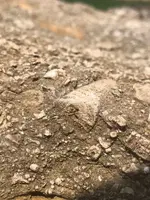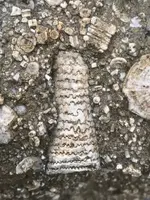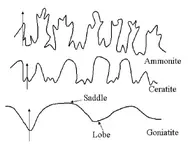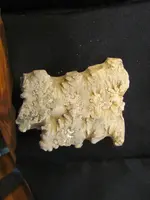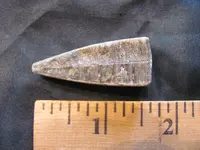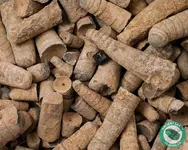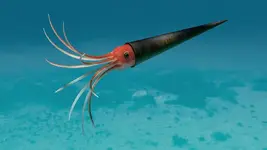You’re correct that sutures like that are not something one would expect to see on a crinoid columnal. They’re associated with ammonoids in particular, and also known as “septal arms”.
Much of what can be seen in your rock specimen is representative of sections of crinoid columnals and the section seen end-on is very typical. Pentameral symmetry is not seen in nature outside of the Echinodermata I think, so when you see five-pointed stars and other five-sided structures then they will be from that phylum (which includes crinoids).
However, crinoidal limestone may also contain other marine fossils and the cylindrical item laying diagonally across your rock specimen
may be something else. How sure are you that the rock is actually Pennsylvanian and not from younger overlaying strata? The reason I ask is because the most likely fossil with that sutured appearance would be something like Baculites… but not in the Pennsylvanian.
Baculites is a “heteromorph” ammonite… one of a group where the shell is not conventionally coiled and may have a long straight cylindrical section, but which is chambered with septa in the same way. There are some good pictures in the Wiki entry, but these fossils are most usually Cretaceous and you wouldn’t find them in Pennsylvanian rocks.
https://en.wikipedia.org/wiki/Baculites
